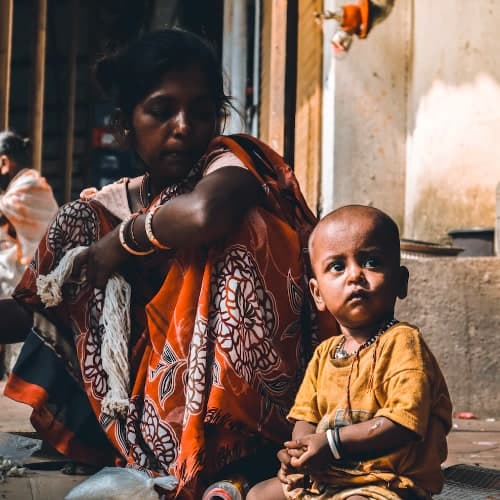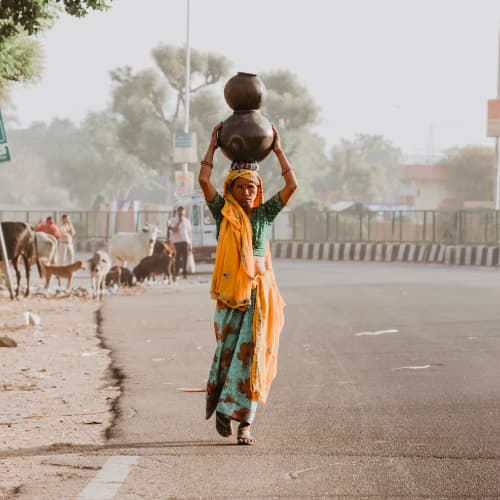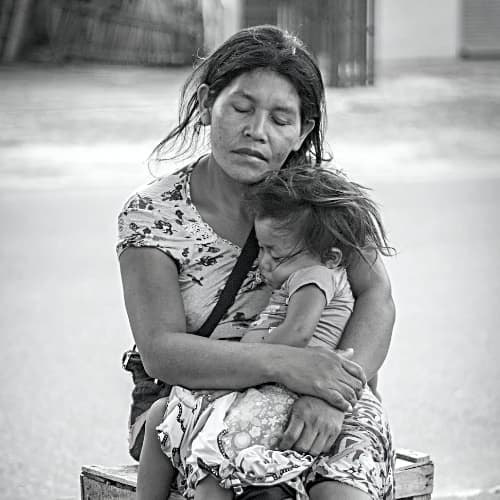What Are Some Results of Food Poverty?
According to USDA, food poverty or food insecurity is the inability to consistently obtain enough food for each member of a household to lead an active, healthy life. This can be a short-term or long-term situation for a family.[1]
The United Nations estimates that between 720 and 811 million people in the world faced hunger in 2020. Of those people, 282 million live in Africa, 418 million live in Asia, and 60 million live in Latin America and the Caribbean.[2]
When people don’t have enough to eat, what are the consequences? How does food poverty impact a person’s life?
Health complications – The unavailability of food or clean water can cause significant health problems for communities. Women and children often have to travel long distances to find clean water, which is frequently contaminated and can lead to waterborne illnesses.[3] In addition, the lack of food can lead to malnutrition and negatively impact a person’s overall health.[4]
Childhood difficulties – Children often have developmental problems when food poverty is part of their lives. According to the UN, “Globally, 149.2 million (22.0 percent) children under the age of five years suffered from stunting (SDG Indicator 2.1.1) in 2020.”[5] This is a result of poor nutrition. Lack of proper nutrition, particularly vitamins and minerals, can cause delayed development, learning difficulties, stunted growth, weakened immunity, and increased disease risk.[6]
Income – When people don’t eat, they often don’t have the energy to work and raise their income level, which results in less money to provide food for their families. It is a vicious cycle and one that perpetuates poverty.
Click here, to read more about this article.
Click here, to read more blogs in Gospel for Asia.Com



Comments
Post a Comment